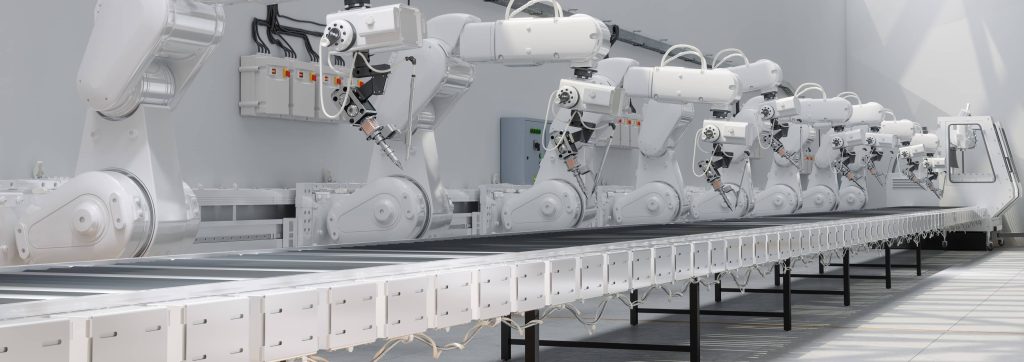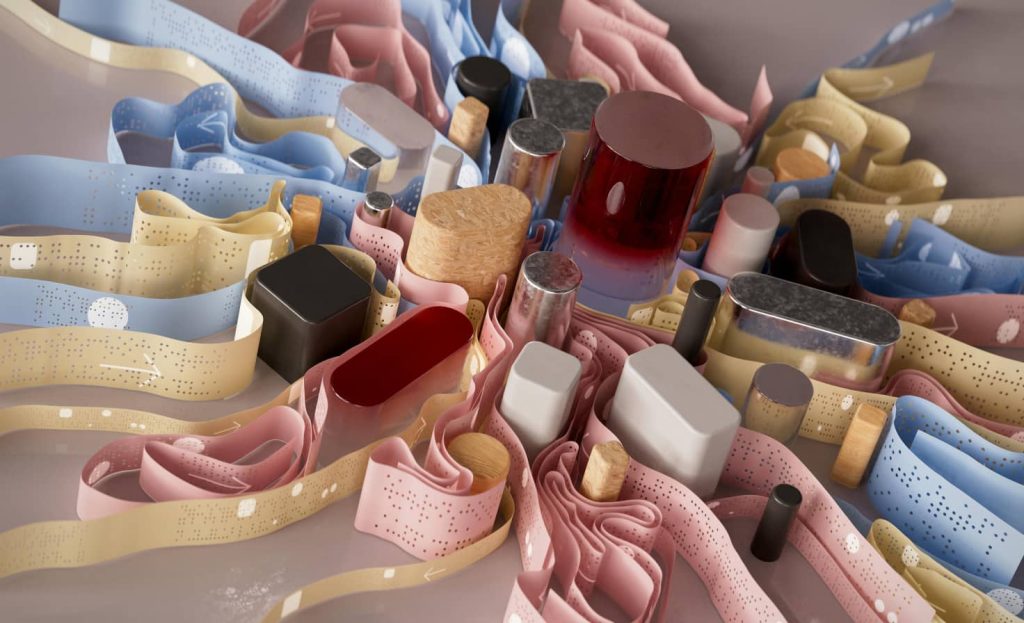
In the rapidly evolving landscape of healthcare, the availability of real-time data and its efficient analysis have become crucial for delivering timely and accurate patient care. However, traditional data processing methods often fall short when dealing with the volume and velocity of data generated in healthcare environments. This is where edge computing emerges as a potential solution.
Edge computing brings processing power closer to the data source, allowing healthcare professionals to fully leverage the potential of healthcare data analysis. Our team at ELEKS provides top-notch healthcare software development services and has extensive data science expertise helping businesses make the most of their healthcare data analysis needs. In this article, we delve into the concept of edge computing and its impact on healthcare.
What is edge computing?
To understand edge computing, let's first explore the concept of the 'edge'. In the context of technology, the edge refers to devices or systems that are geographically closer to the data source or the end user.
Edge computing leverages these local devices, such as edge servers or gateways, to process data near the point of origin. It's akin to having a network of strategically located mini-data centres, enabling faster and more efficient data processing rather than relying solely on a centralised cloud infrastructure located far away.

Edge computing in the context of healthcare
In the context of healthcare, edge computing offers tremendous potential to address the challenges associated with data processing and analysis.
Healthcare environments generate an enormous volume of data. This includes:
- Electronic health records
- Patient information
- Wearable device readings
- Medical imaging
- Sensor data from IoT devices
- Financial information
With edge computing, this data can be processed and analysed in real time, reducing latency and enabling timely insights.
Let's dive into the benefits of edge computing in healthcare.
Improved data processing speed and efficiency
One of the key benefits of edge computing in healthcare is its ability to significantly enhance data processing speed and efficiency. By decentralising processing power and bringing it closer to the data source, edge computing eliminates the need for data to travel long distances to reach centralised servers for analysis.
This reduced latency enables healthcare professionals to access critical information faster, leading to quicker decision-making and improved patient outcomes.
Enhanced security and privacy
Privacy and security of healthcare data are paramount, with UK healthcare organisations experiencing 785 cyberattacks each week. Edge computing helps to address this concern by minimising the transmission of sensitive data to external servers or the cloud. Since data processing and analysis occur locally, at the edge, the risk of data breaches or unauthorised access is reduced.
This localised approach ensures that patient data remains within the secure confines of the healthcare facility, instilling confidence in both healthcare professionals and patients.
Seamless integration with existing infrastructure
Integrating new technologies into existing healthcare systems can be a complex task. Edge computing provides a seamless solution by integrating with the existing infrastructure without requiring a complete overhaul.
This adaptability makes it easier for healthcare organisations to implement real-time data processing and analysis capabilities, leveraging their current investments in infrastructure and systems.
Challenges of adoption edge computing in healthcare
While the benefits of edge computing in healthcare are undeniable, its adoption comes with its own challenges.
Infrastructure requirements and scalability
Implementing edge computing in healthcare requires robust infrastructure that can handle the increased computational demands at the edge. This may involve deploying edge servers, gateways, or edge devices capable of processing and analysing data locally. Upgrading or expanding the existing infrastructure to accommodate edge computing can be a significant investment for healthcare organisations.
Additionally, as the volume of healthcare data continues to grow, scalability becomes a crucial consideration. Healthcare facilities must plan for future growth and ensure that their edge computing infrastructure can handle the increasing data influx without compromising performance or efficiency.
Data governance and standardisation
Healthcare data is subject to stringent privacy regulations and governance frameworks to protect patient confidentiality. This includes the General Data Protection Regulation (GDPR). When implementing edge computing, healthcare organisations must ensure that data governance policies are in place to address data privacy, security, and compliance requirements. This includes establishing protocols for data collection, storage, access, and sharing at the edge.
Furthermore, as edge computing introduces distributed processing and analysis, standardisation of data formats, protocols, and interoperability becomes essential. Healthcare systems must adhere to industry standards and promote data compatibility to ensure seamless integration and exchange of information across the network of edge devices.
Technical expertise and workforce training
Healthcare organisations need professionals with knowledge of edge computing architectures, networking, security, and data management. Partnering with an expert software vendor can be key to successful adoption.
Moreover, the software partner will be able to train your in-house team to utilise edge computing systems effectively. The workforce must understand how to leverage the real-time data processing and analysis capabilities offered by edge computing to make informed decisions and provide enhanced patient care.
Continuous training programs and education become crucial to ensure that healthcare professionals can leverage the full potential of edge computing in their daily practices.

Looking ahead
The potential of edge computing in healthcare is vast and will continue to expand in the future. As the adoption of wearable devices, IoT sensors, and telemedicine grows, the volume of healthcare data will skyrocket. Edge computing offers a scalable and efficient solution to handle this exponential data growth, ensuring that real-time data processing and analysis remain feasible even in the face of mounting challenges.
Furthermore, edge computing paves the way for advanced applications such as artificial intelligence and machine learning in healthcare. These technologies, when combined with edge computing, can facilitate predictive analytics, early disease detection, and personalised treatment recommendations, transforming the way healthcare is delivered.
The future of healthcare data analysis is here
Edge computing is revolutionising the healthcare industry by enabling real-time data processing and analysis. By bringing computational power closer to the data source, edge computing minimises latency, improves data processing speed and efficiency, enhances security and privacy, and seamlessly integrates with existing healthcare infrastructure. As the demand for healthcare data analysis and personalised care increases, edge computing will play a pivotal role in empowering healthcare professionals and benefiting patients worldwide.

Related Insights










